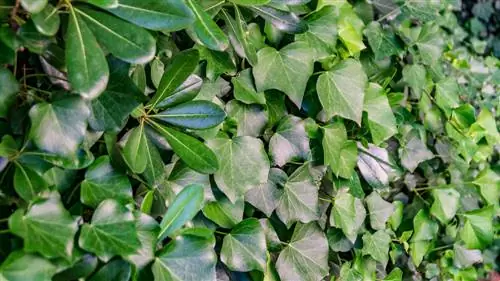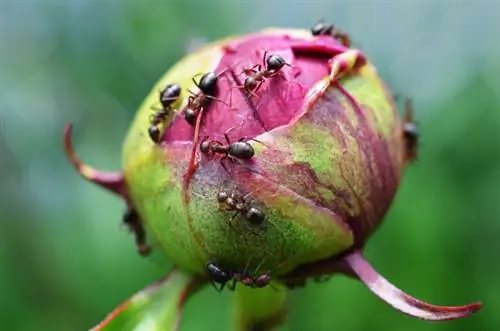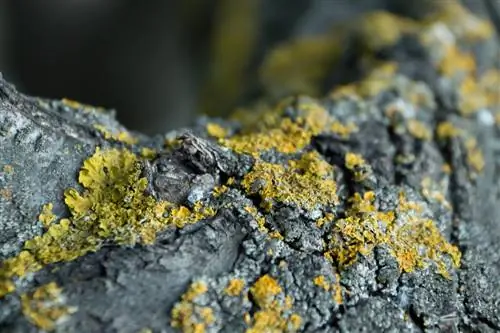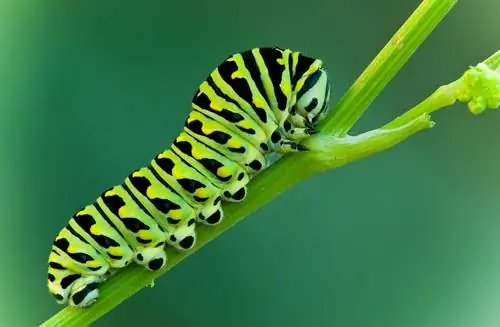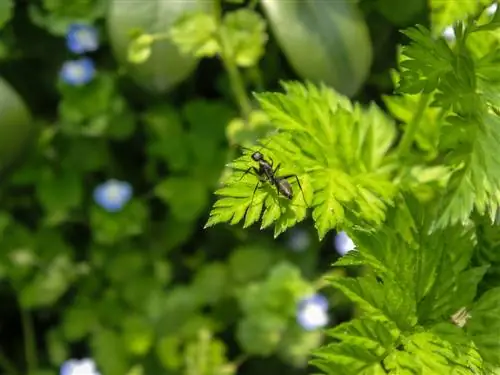- Author admin [email protected].
- Public 2023-12-16 16:46.
- Last modified 2025-01-23 11:22.
If ivy spreads in the garden and grows into the hedge, it can look pretty pretty. However, the climbing plant has a reputation for having such a long-term impact on the bushes that they even die.

Does ivy damage a hedge in the garden?
Ivy generally does not damage older hedges because it does not compete with shrubs for sunlight and obtains its nutrients from soil roots. The growth of ivy is not recommended on young hedges, as the strong-growing climbing plant can affect the still small bushes and cause them to die.
Can ivy damage my older hedge?
If theshrubs have been in their location for some time, the ivywill usually damage the hedgenot:
- If the trees have already reached a certain age and the hedge has reached its final width, the leaves are at the end of the branches. The ivy that climbs along the main shoots does not compete with the shrubs for sunlight.
- Ivy plants get their nutrients from the soil roots, so they are not parasites. The plant only uses the shoots that have been converted into adhesive roots for climbing.
When should I remove ivy from the hedge?
With older hedges, it is important to ensure that theivy does not completely overgrow them. Therefore, cut the shoots back regularly close to the ground.
If you want to prevent the climbing plant from sprouting again and again, you should dig up the ivy roots as described below and remove the plants completely.
Does ivy damage a young hedge
You shouldnot let ivy grow in freshly planted hedges,as the small bushes suffer from competition from ivy. If the strong climbing plant overgrows the bushes that are still open, they could even die.
It is therefore advisable to quickly remove any ivy that grows into new hedges.
How can I remove ivy from the new hedge?
Since pruning encourages the ivy to sprout more, you should carefully dig up theclimbing plant:
- Find the soil roots and expose them.
- Cut the main root with the spade.
- Carefully loosen the root stump from the soil.
- Pour water over any root residues so that they swell.
- Pry the remaining roots out of the ground.
Tip
Ivy supports old trees
If aging trees that are densely covered with ivy die, the climber is almost never the cause. Rather, the trees are kept upright for several years by the woody age form of the ivy. However, it is advisable to remove the ivy shoots from the crown so that only the microclimate of the ivy leaves surrounding the trunk that is useful for the tree is retained.

